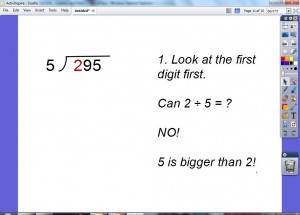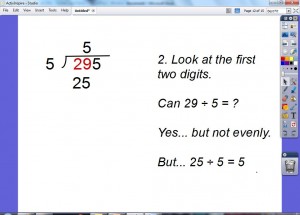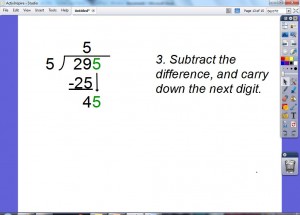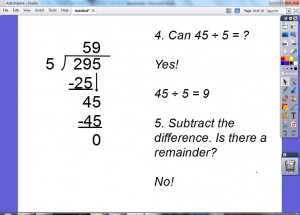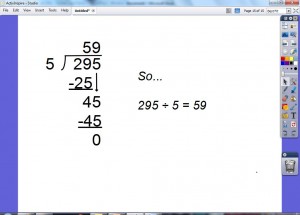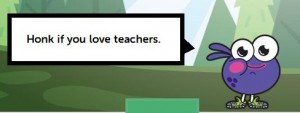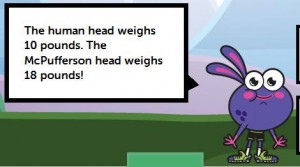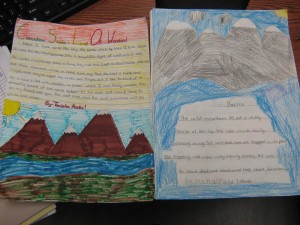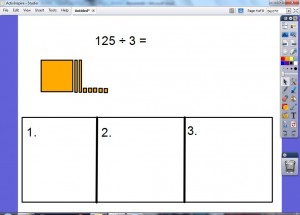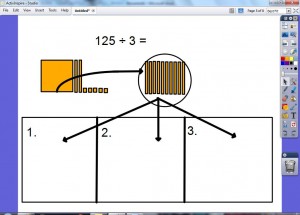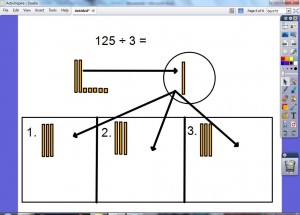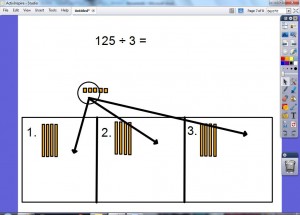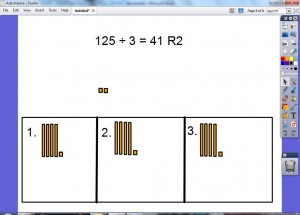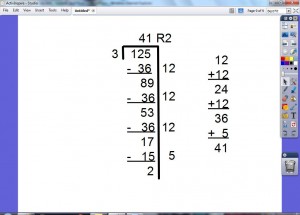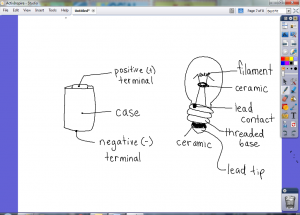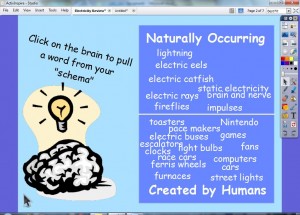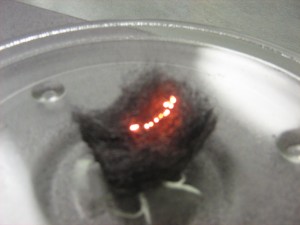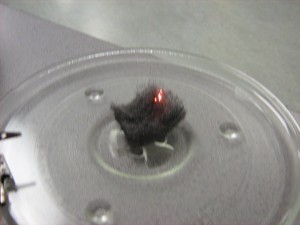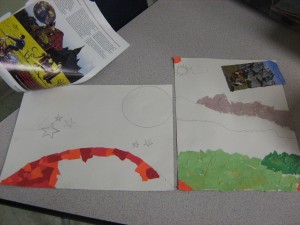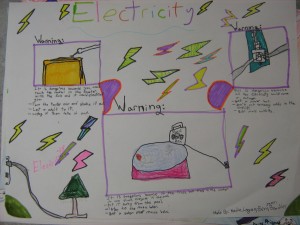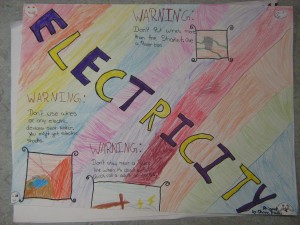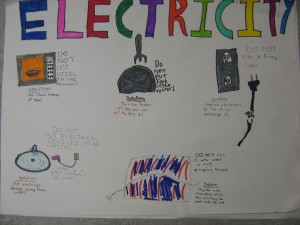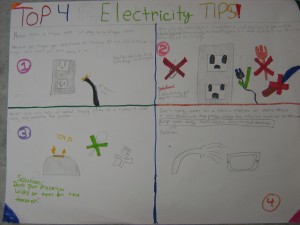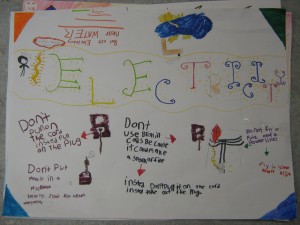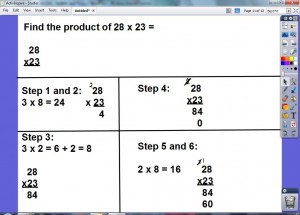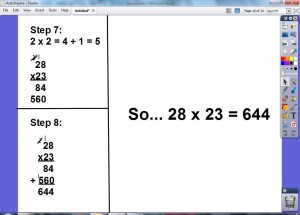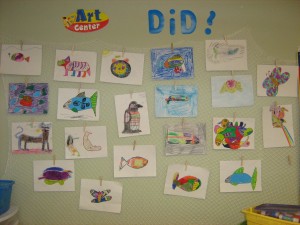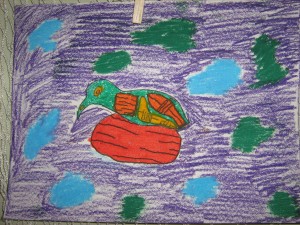Hello everyone!
We had an extremely productive and an extremely fun day today. We started off with some Math. Students were given the opportunity to keep practicing their 3-digit by 1-digit multiplication. Students who joined me at the teacher station went over the homework questions with me, and then we reviewed our base ten block strategy. I helped students to practice drawing this strategy, for when they don’t have blocks available to them. This is also something that students can do if they find that they are stuck on a question are struggling to use the repeated subtraction strategy. It takes a bit longer, but all the students were experiencing some success with this strategy, which is a great confidence booster as we continue to develop our skills in this Unit. We also had a practice station open today (pgs. 102-103 # 10-14, Lesson #8 Workbooks), a game station (I Have, Who Has?), and Mathletics. The students were working on two assigned divisions activities before they were able to use the Live Mathletics. For some students this was a review of what they were working on in the Lab on Tuesday. For others these were extension activities to get them expanding their skills. Don’t forget to use the Mathletics at home whenever you can. It is a great way to review skills learned in class or to work on a lesson that you are struggling with.
In Language Arts today we continued our discussion on Poetry. We reviewed the “Found” poems that we wrote last week, and reviewed our discussion on line breaks, punctuation, etc. Then we wrote another “Found” poem together. It goes like this:
We used the poster for the Words in Motion Poetry Contest as our piece of found writing. Students then were asked to take some time and practice reading their poems aloud. They were supposed to practice their spacing and their attention to line breaks and punctuation. They then read their poems aloud to the class. We had a lot of students show wonderful fluidity and we even had groups add some great expression to their readings. It was wonderful.
In Social Studies today we continued to discuss the Canadian Shield. Students have been discussing the physical geographic features of the Shield Region in class (eg. rocky, mountainous, thin layer of soil, scattered plateaus and lowlands, wetlands, etc.). Today we discussed the impact that some of these features have on the quality of life for those that live in different parts of the Canadian Shield. Did you know that in Flin Flon, Manitoba, many of the pipes cannot be built underground. That layer of rock just makes it too difficult and expensive. Instead their pipes run above ground underneath boardwalks instead of sidewalks. Many years ago they had to keep these boxes stuffed with sawdust so that the pipes wouldn’t freeze, but now they are able heat the water as it runs through the pipes. Other communities are surrounded by marshy Wetlands. These communities often have difficulties building and maintaining roads. Some have to have things delivered by plane or boat because of the lack of a main road. In the winter… an ice road can be built? Hmmmmm… sounds familiar! We discussed the similarities between some of these communities and our own Fort Chipewyan.
In Science today we continued to look at simple circuits. Students were challenged to light a light bulb using: two wires, a battery, and a light bulb. The challenge? The light bulb could not touch the battery. Once students had created a circuit that met the above criteria, they drew a version of it in their notebook. Then they were challenged even further! They were asked to draw a circuit diagram of the simple circuit that they had created. We looked at the symbols for lamps (light bulbs), cells (batteries), switches, motors, and resistors today. We are going to continue practicing drawing neat simple circuits next week.
Agenda:
Read 20 minutes
Wednesday – Snack Shack ($1-$5)
Winter Walk – Wednesday (forms due ASAP)
Ski Day – February 6th
Tomorrow – No School (PD Day)
Tuesday – Toque Tuesday (bring $2 to wear your own toque)


